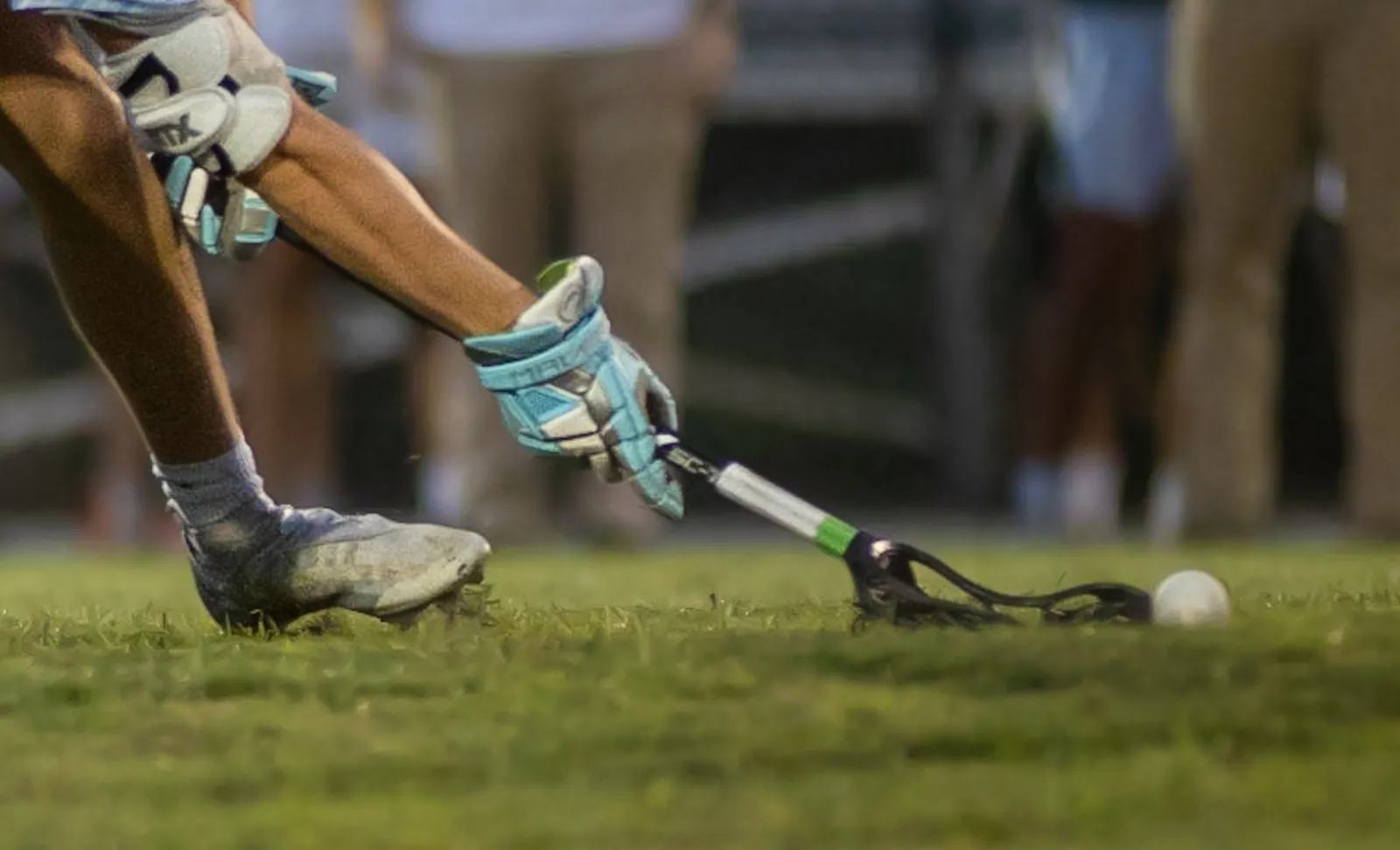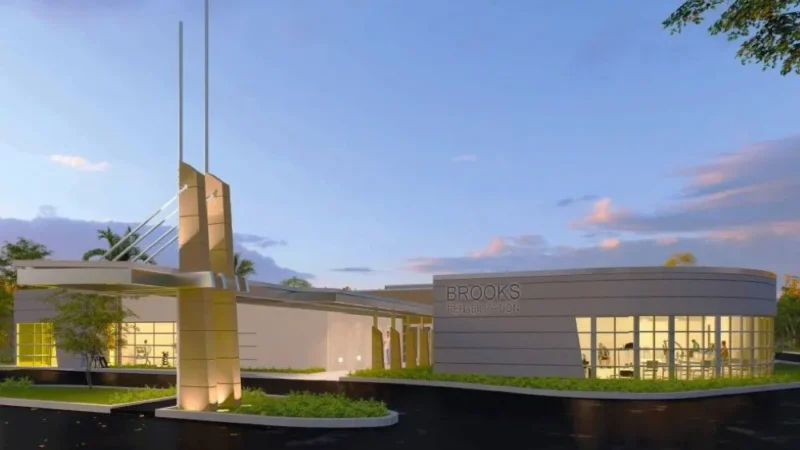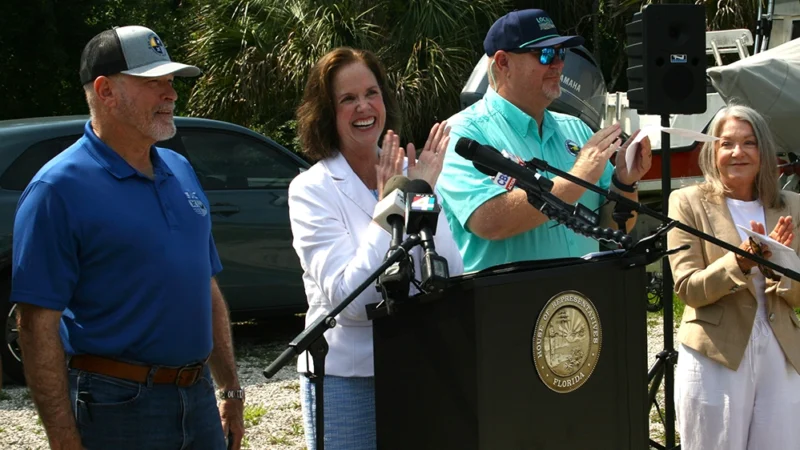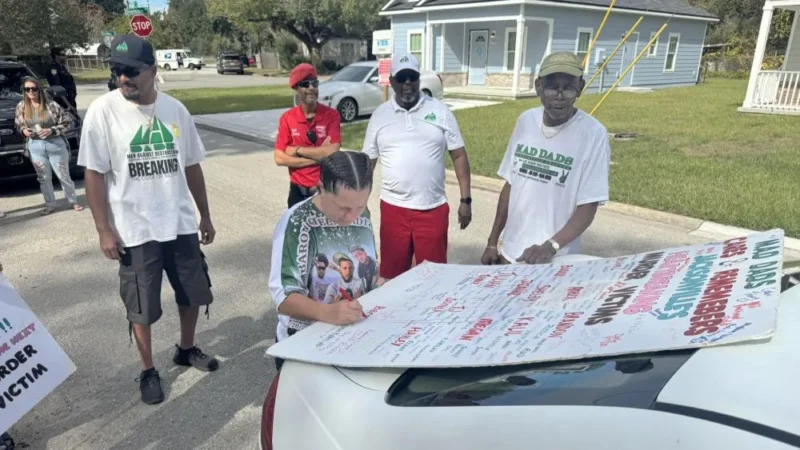When students come back from their next summer vacation, Ponte Vedra High School is set to be the first high school in St. Johns County to have a new artificial turf athletic field.
The improvement is part of a plan to consider revamping fields across the school district, but experts warn that artificial turf isn’t without its drawbacks.
For years, Ponte Vedra High School’s grassy athletic field has been a problem for some of the school’s sports teams. The field is used by PVHS’ football, lacrosse and soccer teams, as well as its marching band. All of that wear and tear is multiplied by the school’s location — it’s in the middle of a swampy wetland.
So when a heavy rain rolls through, a team’s plans can quickly get derailed.
“Field availability is always a key area,” Facilities Director Steve Pauley said during a School Board workshop Tuesday. “It’s going to be weather-dependent on a grass field, and that’s a daily issue — sometimes an hourly issue — depending on how quickly a storm might come up and start putting significant rainfall on a field.”
There’s also the issue of pressure on the field. PVHS’ field is used so often by its students that the grass is easily torn up and in need of regular (and costly) maintenance.
With all of those reasons in mind, Pauley stressed that while a turf field has more up-front installation costs, its maintenance costs are far cheaper.
There’s other benefits, too, Pauley said. Turf doesn’t have to be grown; it doesn’t need to be replaced as often; and it’s much easier to transition a turf field between its many uses because there’s no need to run out and mark the field up again with paint.
“We can play lacrosse on a field and within an hour be ready for a football game,” Pauley said.
The St. Johns County School Board was in favor of the move and agreed with Pauley’s assessment that other schools’ fields should also be examined to determine whether a turf upgrade might be in order.
But starting with Ponte Vedra, they agreed, is the right move.
“Ponte Vedra High school is the only high school that’s had to cancel district tournaments, has had to cancel games, over and over, and I know that’s because of the condition of the fields,” School Board member Kelly Barrera said. “I have had a huge amount of complaints not only from our Ponte Vedra High School parents, but also from parents at other schools who had planned to come and play, and their game had to be canceled because of the condition of the field.”
Ponte Vedra High School’s new turf field is anticipated to cost about $1.3 million (a little more than double what a new grass field would cost), but its annual upkeep is expected to cost a fraction of what it has in recent years.
Construction on the new field is planned to begin in mid-May and be finished by Aug. 1, in time for the start of the next school year.
Other turf considerations
The list of reasons for the St. Johns County School District to upgrade Ponte Vedra High School’s field from grass to turf is long, but turf fields still have their drawbacks.
Flagler College Director of Sports Medicine Tara McNeely says she will always prefer grass to turf.
“Personally, I do feel like you’re at more risk for lower body injuries on turf than on grass,” McNeely told Jacksonville Today. “The research is proving that.”
Playing on turf fields doesn’t guarantee athletes are going to get hurt, but, McNeely says, studies have shown that turf fields are associated with higher rates of foot, ankle, knee and hip injuries among athletes.
The discussion about the safety of turf compared to grass isn’t just happening at the high-school level, either. The labor union that represents professional football players has called on the NFL to have as many grass fields as possible to keep players as safe as possible.
All that said, McNeely understands why the school district is making the choice it is for Ponte Vedra High School.
“We love our sports, and turf has a lot of benefits,” she said. “It’s very much more cost-effective, which allows school districts, counties and cities to put more money into their athletes as opposed to upkeep facilities.”







